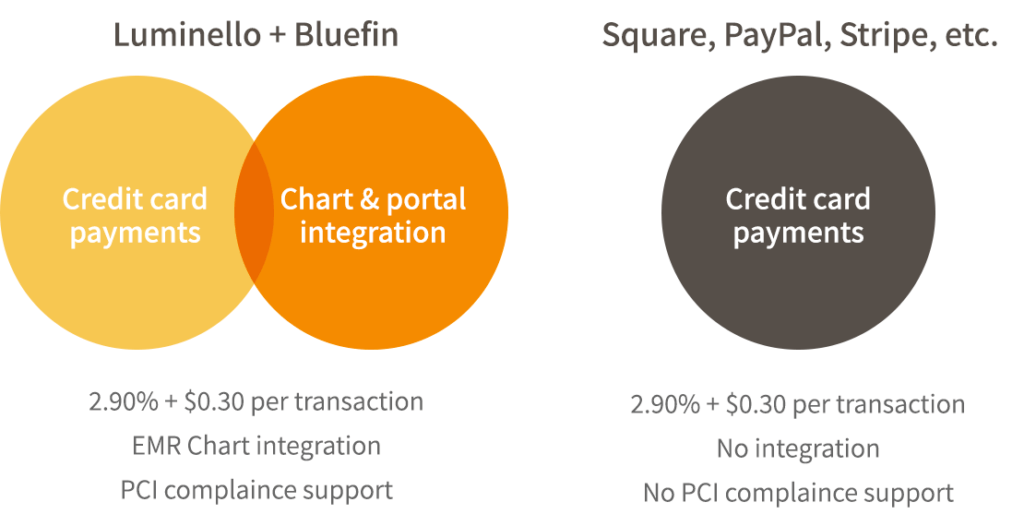Picking your private practice’s legal structure is far less exciting than choosing which couch to furnish your office with, but the impact of your choice will last far longer than any office furniture. With effects on your liability, finances, and time, choosing the right arrangement for your mental health practice is one of the most important business decisions you will make.
Choosing a business structure
Your first basic decision is to select a business structure to reduce the risk of identity theft.
Solo private practice
If you are in solo mental health private practice, you should establish sole proprietorship to, at the least, reduce identity theft. Because insurance companies and government agencies will need your taxpayer identification number (TIN) for you to do business (and unless you fancy giving out your Social Security number freely), forming a sole proprietorship will grant you a business-unique TIN that you can give out. Establishing sole proprietorship is easy on the IRS website.
It’s also advisable for you to open a business bank account just for your practice, for bookkeeping and auditing purposes.
Finally, you should consider incorporating. You don’t have to have employees or partners to incorporate – and there are substantial benefits to doing so that should be considered (read on below).
Group practice
For a group practice, a fundamental rule is to not form a general partnership, because it exposes each member of the group to the liability and debts of the others. Instead, consider picking a limited liability structure or incorporating.
State laws vary on which kind of limited liability structures are allowed, but typically, the options include forming a Limited Liability Company (LLC), Professional Limited Liability Company (PLLC), or Limited Liability Partnership (LLP). In general, they provide similar liability protection as corporations, and their tax treatment is similar to either a “C” or “S” corporation, depending on state law and/or what tax structure its members elect. However, they may offer less paperwork and compliance requirements than corporations.
Alternatively, think about incorporating. Every state recognizes corporations, though many require physicians to form “professional corporations.” There are two main types of corporations: “C” and “S.” A practice might elect to become an S corporation because it requires less tax paperwork—but it also means fewer tax benefits. C corporations require a separate tax return, but employees—including you, as owner—are eligible for more benefits, such as pre-tax commuter and parking reimbursement, flexible spending accounts for dependent care and healthcare, and pre-tax insurance premiums, to name a few.
To incorporate or not to incorporate
The benefits of incorporating
If you’re in solo practice – or a group – decide if it is worth the time and effort to become a professional corporation (PC).
Being a PC will not reduce your tax rate (that went away years ago) and cannot protect you from professional malpractice (referred to as “piercing the corporate veil”), but it will protect personal assets from risk of seizure if you incur a non-professional liability, such as for a patient slipping on a banana peel in the waiting room, or an employee lawsuit.
If you operate more than one type of business, a PC may be useful to protect one business from the liability of the other. Or, if you are in a group practice comprising solo practitioners – not employees of a clinic – being a PC could shield you from the liability of your group or any of its members.
If you have full-time employees (whether they are a family member or not), then you are all eligible for group health insurance, which is typically more affordable than if you have to procure your own policy.
The drawbacks of incorporating
It is also important to consider the downside to a corporate legal structure:
- It takes paperwork to set up a corporation, for which you typically need to engage a lawyer to complete and file.
- Your corporation might be required to pay a minimum state fee (in California, for example, the fee is $800 annually), and additional tax if you don’t “zero out” your profit and loss by the end of the year (ie, completely distribute all profits through payroll costs or business expenses).
- A corporation must keep corporate documents, although there are templates that one can follow, such as for board resolutions or keeping minutes of meetings.
- Your accountant will charge you more annually for any additional tax paperwork.
Your legal structure: Crunch the numbers
Choosing to to establish sole proprietorship or a “deeper” legal structure must be thought through wisely. Calculate the cost and benefit to your mental health practice, and consider your risk tolerance for liability.
Once you make your legal structure decision, go get that couch!
Editor’s Note: This article is not intended as legal advice. Consult an attorney to determine the most appropriate course for you.
This post originally appeared in Current Psychiatry 2016 April;15(4):e1-e2.


